Explore the massive architectural works of Hue Citadel during the Nguyen Dynasty #part 2
Hue Citadel, one of the most important works of the Nguyen Dynasty, preserves memories of Vietnam's feudal period of power. Visitors to Hue must definitely explore this place to admire the beauty of the timeless buildings of the ancient capital.Let's continue exploring part 2
What is inside the Hue Citadel?
Located on an area of more than 500 hectares, visitors coming here to avoid getting lost need to research and understand the directions to locations within the Hue Citadel map/schema of the Hue Citadel. You can find out through the map we provide below: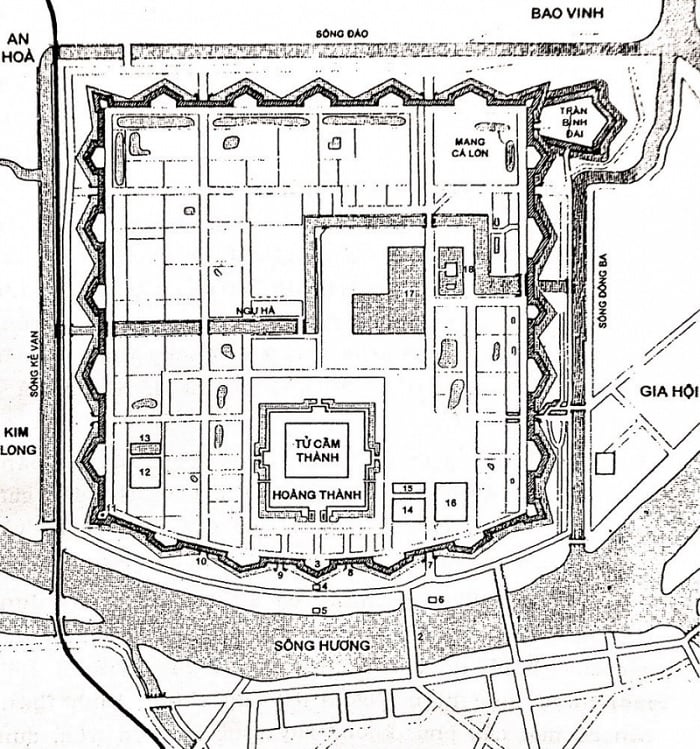 Inside the Hue Citadel, there are impressive works
Inside the Hue Citadel, there are impressive works
Ngo Mon is located south of Hue Citadel. This is the main gate of the Imperial Citadel and is a massive and complex architectural complex. Looking back from afar, Ngo Mon looks like a magnificent, magnificent castle with a system of steps built from long exposed stone slabs leading to Ngu Phung pavilion. This is the check-in location for any tourist when coming to Hue.
The Imperial Citadel is the second citadel of the Hue Citadel, designed as the residence of the king and royal family as well as the royal court's workplace. This is also the place to worship ancestors and kings of the Nguyen Dynasty.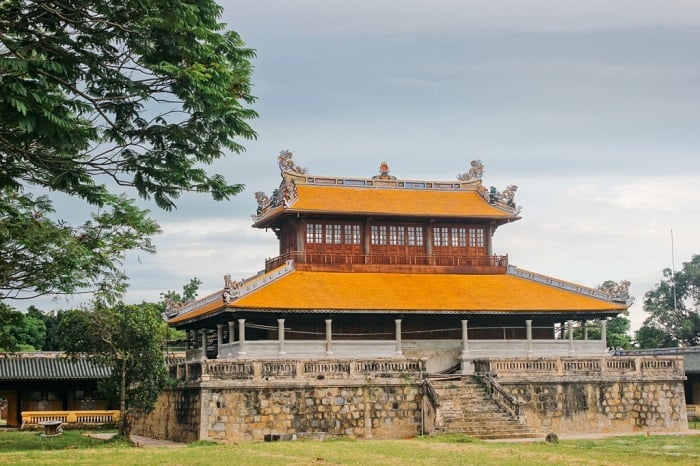 The Imperial Citadel began to be built in 1804 under King Gia Long. Completed in 1833 under the reign of King Minh Mang. The Imperial Citadel is arranged with 4 gates, including the main gate, Ngo Mon. In addition, inside the Imperial Citadel there are Thai Hoa Palace, Dien Tho Palace, and Hien Lam Pavilion
The Imperial Citadel began to be built in 1804 under King Gia Long. Completed in 1833 under the reign of King Minh Mang. The Imperial Citadel is arranged with 4 gates, including the main gate, Ngo Mon. In addition, inside the Imperial Citadel there are Thai Hoa Palace, Dien Tho Palace, and Hien Lam Pavilion
The Forbidden City is the innermost citadel of the Imperial Citadel, formerly known as the Imperial City. This place was built in 1803 and was called the Forbidden City from 1821 - the 2nd year of Minh Mang. The Forbidden City is designed in a rectangular shape, the front is the Dai Cung Mon. Inside the citadel there are relics such as Duyet Thi Duong, Can Chanh Palace, Can Thanh Palace, and Bronze Cauldron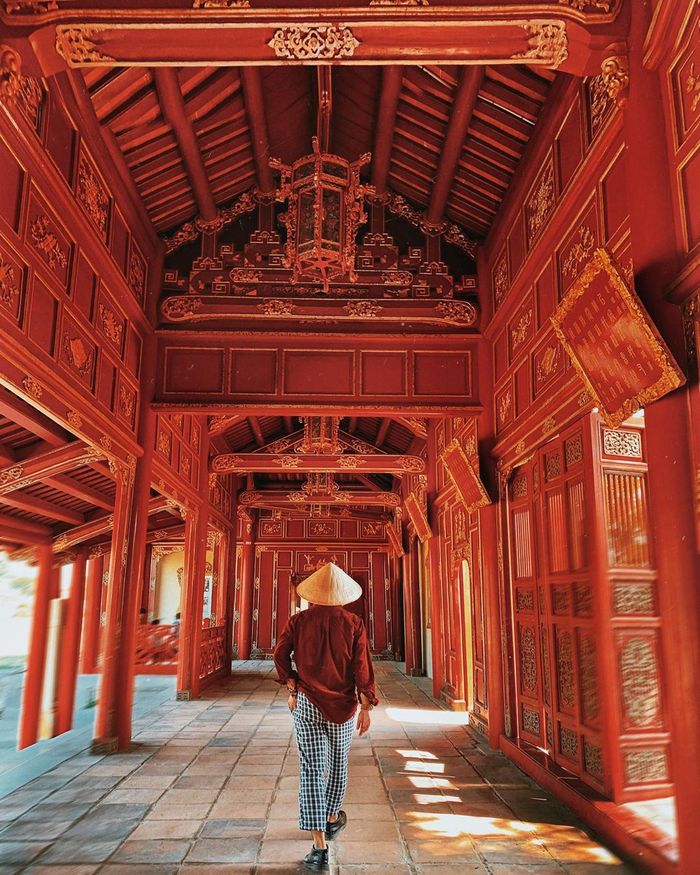 The school was built by King Gia Long in 1803, about 5km west of Hue Citadel, next to the Temple of Literature, facing the romantic Perfume River. Quoc Tu Giam is considered the first national school built during the Nguyen dynasty. In 1908, King Duy Tan moved the school inside the Imperial City
The school was built by King Gia Long in 1803, about 5km west of Hue Citadel, next to the Temple of Literature, facing the romantic Perfume River. Quoc Tu Giam is considered the first national school built during the Nguyen dynasty. In 1908, King Duy Tan moved the school inside the Imperial City
Long An Palace was built during the reign of King Thieu Tri in 1845 and is located in Bao Dinh palace. The palace is located on Le Truc street, Dong Ba ward and is a relic in the Hue Monuments Complex. The palace is where King Thieu Tri often comes to rest, write poetry, and read books.
The main building of the Hue Royal Fine Arts Museum is Long An Palace. This place is currently displaying more than 300 artifacts made of porcelain, gold, jewelry, royal utensils, royal physicians, Hue dharma and costumes of the Nguyen royal family. Located in the Hue Citadel relic complex, visiting the museum helps visitors better understand Hue royal life.
Tinh Tam Lake is also one of the famous relics in the Hue Citadel, built during the Nguyen Dynasty. The lake has a rectangular area, the lake includes 3 islands: Phuong Truong, Bong Lai and Doanh Chau. Tinh Tam Lake is separated from the outside through a ring of brick walls. Along the lake shore and around the islands on the lake are planted willows and bamboo, and under the lake are white lotus.
This monument was built on Hoc Hai Lake in Hue Citadel in 1825. The museum is where old documents of the six ministries and royal agencies of the Nguyen Dynasty are stored. This place is also considered the Kinh Cac of Vietnam under the Nguyen Dynasty, specializing in storing rare documents and documents about the royal court's activities as well as the changes of the country.
In the Southeast corner of the Hue Citadel is the relics of the Secret Institute - Tam Toa. This is the king's advisory body consisting of four ministers of Third Grade or higher. They are the great scholars of 4 palaces including: Van Minh, Dong Cac, Can Chanh and Vo Hien. Currently, the Secret Institute - Tam Toa is the headquarters of the Hue Monuments Conservation Center.
The Nine Gods This is also one of the famous relics in Hue Imperial City. Nine cannons is the name of nine cannons cast during the reign of King Gia Long by Hue artisans. This is also a relic proving the victory of King Gia Long after defeating the Tay Son dynasty. The Nine Gods were cast in 1803 and completed one year later.
The fortresses inside the Hue Citadel were built on convex waists along the citadel. With a total length of more than 11km, the forts are arranged evenly spaced, accompanied by artillery systems, shooting walls, ammunition depots, gun workshops... The entire citadel has a total of 24 forts and are named with their own letters. The beginning of each name comes from one of four directions: East - West - South - North.
This is the most intact royal relic in Vietnam If you have ever visited the old capitals of our country, you have surely seen many royal relics that have become ruins. This does not happen with the Hue Monuments Complex. After more than two centuries of existence, experiencing the erosion of time and the destruction of war, the palaces, citadels, mausoleums... are still preserved almost intact. The panorama of Hue Imperial City has a gentle and quiet beauty, but also pomp and splendor.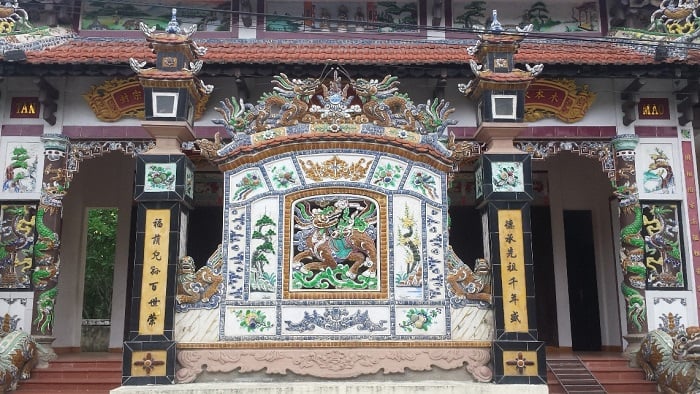 The capital's construction has military architecture Built and completed under the reigns of King Gia Long and Minh Mang, Hue Citadel is a rare relic built in the style of Western military architecture combined with Eastern architecture, based on the ideology of yin and yang. onion.
The capital's construction has military architecture Built and completed under the reigns of King Gia Long and Minh Mang, Hue Citadel is a rare relic built in the style of Western military architecture combined with Eastern architecture, based on the ideology of yin and yang. onion.
The mausoleums of the Nguyen Dynasty kings strictly adhere to feng shui principles with rivers, mountains, ponds and lakes... The layout is divided into 2 sections: mausoleum and mausoleum. Among them, the mausoleum is the place where the king's body is buried, the mausoleum is the place where the attic, communal house, palace are built... When the kings were still alive, they would leave the royal palace to come here for entertainment. The mausoleums of kings and lords were built in a unique and outstanding artistic architectural style.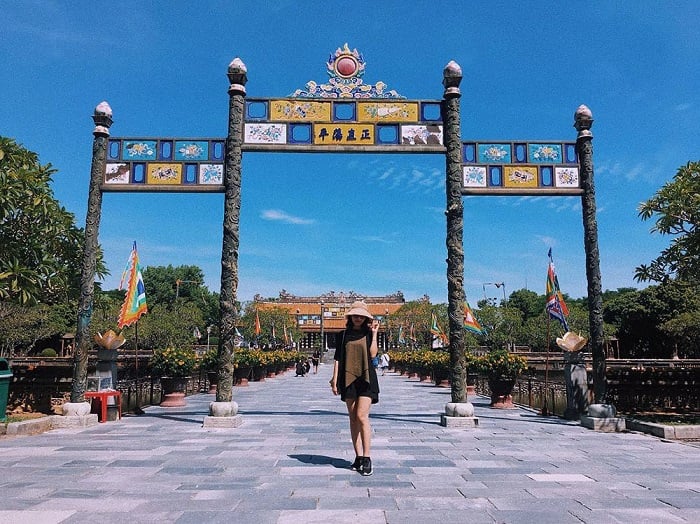
Hue royal court music is recognized by UNESCO as an intangible masterpiece and an oral tradition of humanity as a unique cultural beauty of Hue. This type of music was previously only performed when a king was crowned, died, or at major festivals. Hue court music is also the only traditional Eastern court music still preserved in Hue.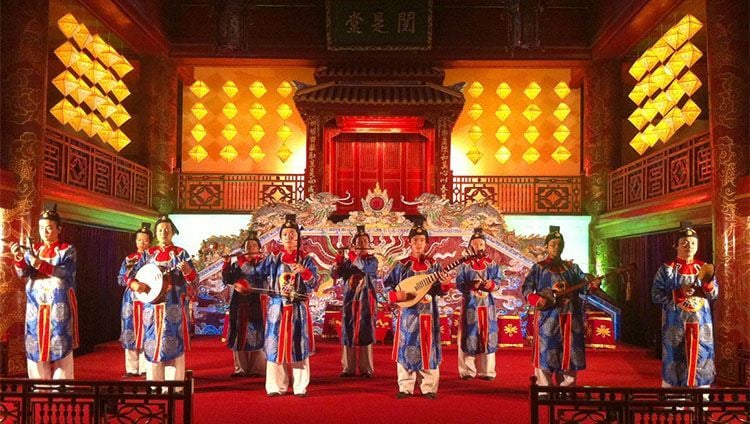
















![[LIVE] Engage2Earn: Save our PBS from Trump](https://cdn.bulbapp.io/frontend/images/c23a1a05-c831-4c66-a1d1-96b700ef0450/1)




















